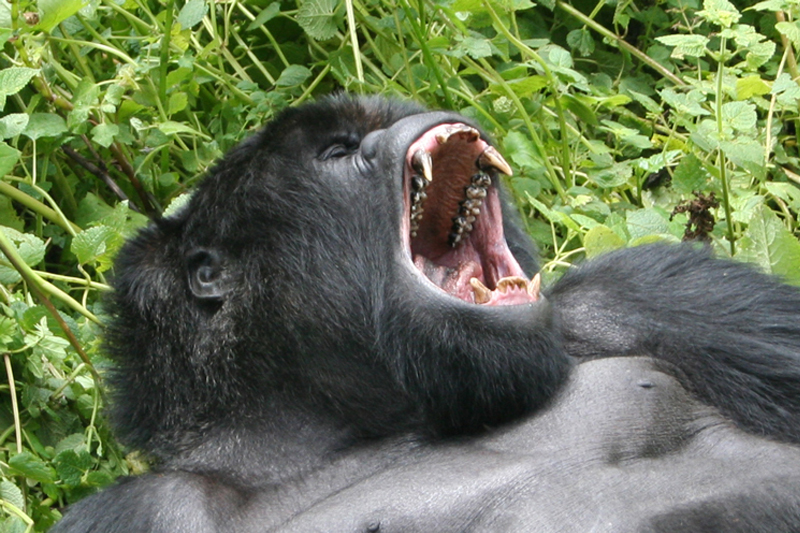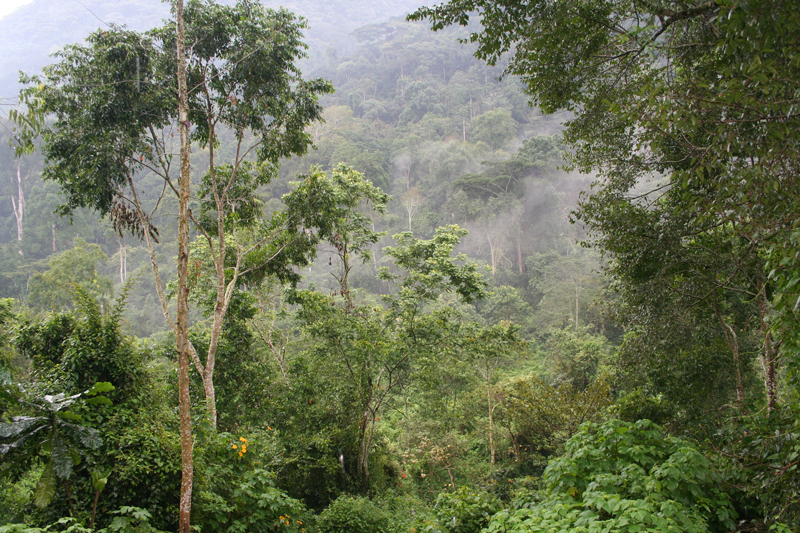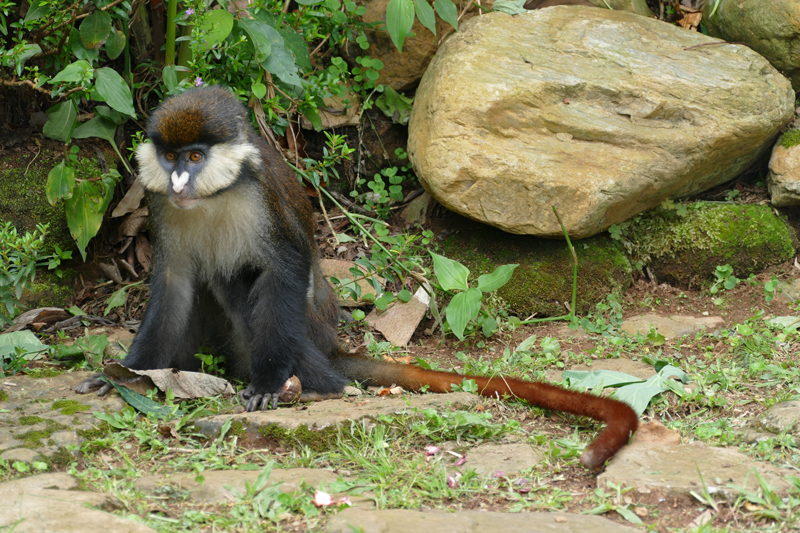Bwindi Impenetrable Forest
Bwindi Impenetrable forest is an inspiring natural attraction that should be included on any Uganda itinerary.
The dense tropical forest covers an area of around 32000 hectares and is located in the south-west of the country, part of the eastern ridge of the Albertine Rift Valley. Known as one of the most ecologically diverse ecosystems in Africa, the forest is spread over a series of steep ridges and valleys which vary in altitude from around 1160m to over 2600m. In the south-east sector of the park lies the Mubwindi Swamp, after which it was named.
The park is a stronghold to the endangered mountain gorilla, as well as being home to a further 11 species of primates including chimps (hard to see and not habituated), red-tailed monkeys, black and white colobus and the ground-dwelling L’Hoest’s monkey. Although not known as a traditional ‘game’ destination, the forest actually harbours more species of mammal than any other park in Uganda, although most of them are rarely seen.



The birdlife, as with the rest of Uganda, is superb with over 350 species recorded, including the 23 species endemic to the Albertine Rift Valley and a further number found nowhere else in the country including specials such as the African green broadbill and white-tailed blue flycatcher. The butterfly count is equally spectacular.
For those keen on gorilla trekking, a visit to Bwindi is essential – there are several habituated groups which can be visited. The park headquarters are located on the northern side of the forest at the village of Buhoma, which also happens to be geographically easiest to combine with Queen Elizabeth and Kibale to the north. There are several gorilla groups accessible from Buhoma. However, there are other habituated gorilla families in the south of the park, such as the Ruhija, Rushaga and Nkuringo groups. Please bear in mind that the high rainfall and terrain make trekking very difficult and you need to be well prepared and physically able to trek in Bwindi.


